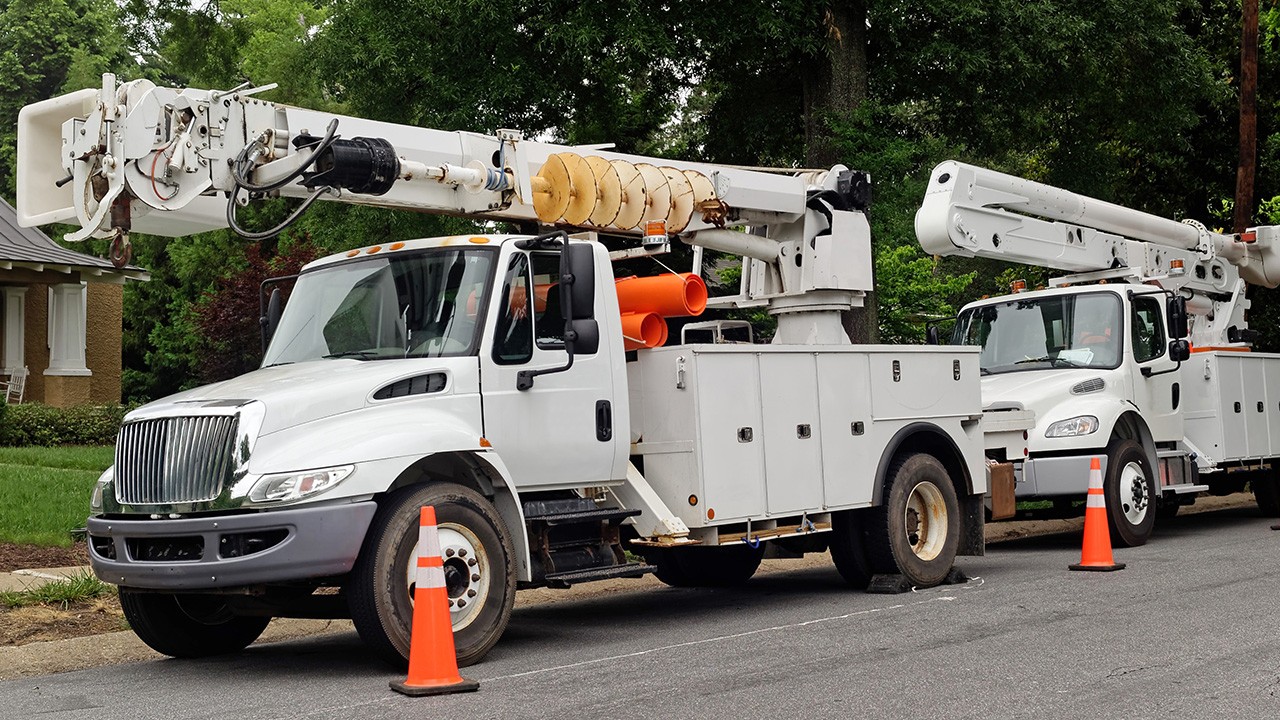When it comes to broadband field service, a service truck isn’t just a vehicle; think of it as a mobile production unit. Unfortunately, too many internet service providers (ISPs) make costly mistakes by treating it like a toolbox on wheels rather than a mission-critical asset. How a service truck is stocked and managed can make or break service quality, efficiency, and bottom-line results.
It’s Not Just About the Big Gear
When it comes to broadband service vehicles, field tech teams tend to focus on stocking only the high-ticket items—fiber enclosures, splice cases, or active components—without giving enough attention to the smaller, less expensive but necessary parts that make the job possible. Without proper grounding kits, cable supports, labeling tools, or mounting hardware, even the best tech can be forced to cut corners or abandon a job to hunt for missing parts.
And if the location is rural or remote? That wasted trip back to gather overlooked items could mean productive hours and budget dollars lost—not to mention disrupted service and dissatisfied customers...all over an item that costs less than a dollar.
Consistency Drives Quality
There are steps to be taken.
First, no two field trucks should be stocked differently. Without standardization, there’s no way to ensure repeatable results. That lack of consistency leads to variation in installation quality and serviceability—two things that become increasingly expensive down the line.
Second, think of a truck like a production floor. To maintain quality, you need repeatable processes, trained staff, and the same materials in every location. That means not just stocking the enclosures, but the labeling systems, the grounding tools, the crimpers—with proper dies—and a full inventory of “D-level” parts that support every install.
Training and Tools Go Hand in Hand
Third, don’t overlook training. Field techs often learn on the job, absorbing knowledge passed down from the busiest (and most time-constrained) veterans. This leads to inconsistent techniques – especially in areas like grounding and crimping – where mistakes can cause reliability issues or safety concerns.
Providing the right tools and educating techs on how to use them properly is key. Whether it’s fiber handling, labeling, or termination practices, the goal is to maintain the integrity of the original network design in every deployment.
Real-Time Inventory: A Game-Changer
Fourth, inventory challenges are another silent efficiency-killer so consider using vendor-managed inventory (VMI) programs. One of the biggest myths in the industry is that only Tier 1 providers can afford advanced inventory management systems. In reality, Tier 2 and Tier 3 ISPs can – and should – leverage smart inventory practices without making massive capital investments. How? By working with distributors and suppliers who already have the infrastructure in place. VMI programs, like Graybar’s SmartStock, allow ISPs to:
- Track truck inventory in real time using barcode scanning
- Replenish consumables automatically, both in garages and on trucks
- Share parts across field crews, identifying what's in each vehicle and coordinating pickups nearby
- Standardize truck loadouts, ensuring consistency and readiness across every job
Truck-to-truck part sharing isn’t new – if Tech A is missing a part, and Tech B has it five miles away, the solution is just a call (or lunch meet-up) away. But it can cause an inventory gap, so tracking each truck can show as inventory is shuffled.
Small Parts, Big Impact
It can be easy for organizations to focus on controlling the cost of expensive items. But the true operational inefficiencies lie in the handling of the smallest, cheapest parts. They might not break the bank individually, but the cost of not having them on hand adds up quickly.
By standardizing truck inventory, investing in training, and using modern inventory management tools, ISPs can transform trucks from problem-solvers into profit-protectors.
Because in broadband, it’s not just about what you build. It’s about how well you support it.



